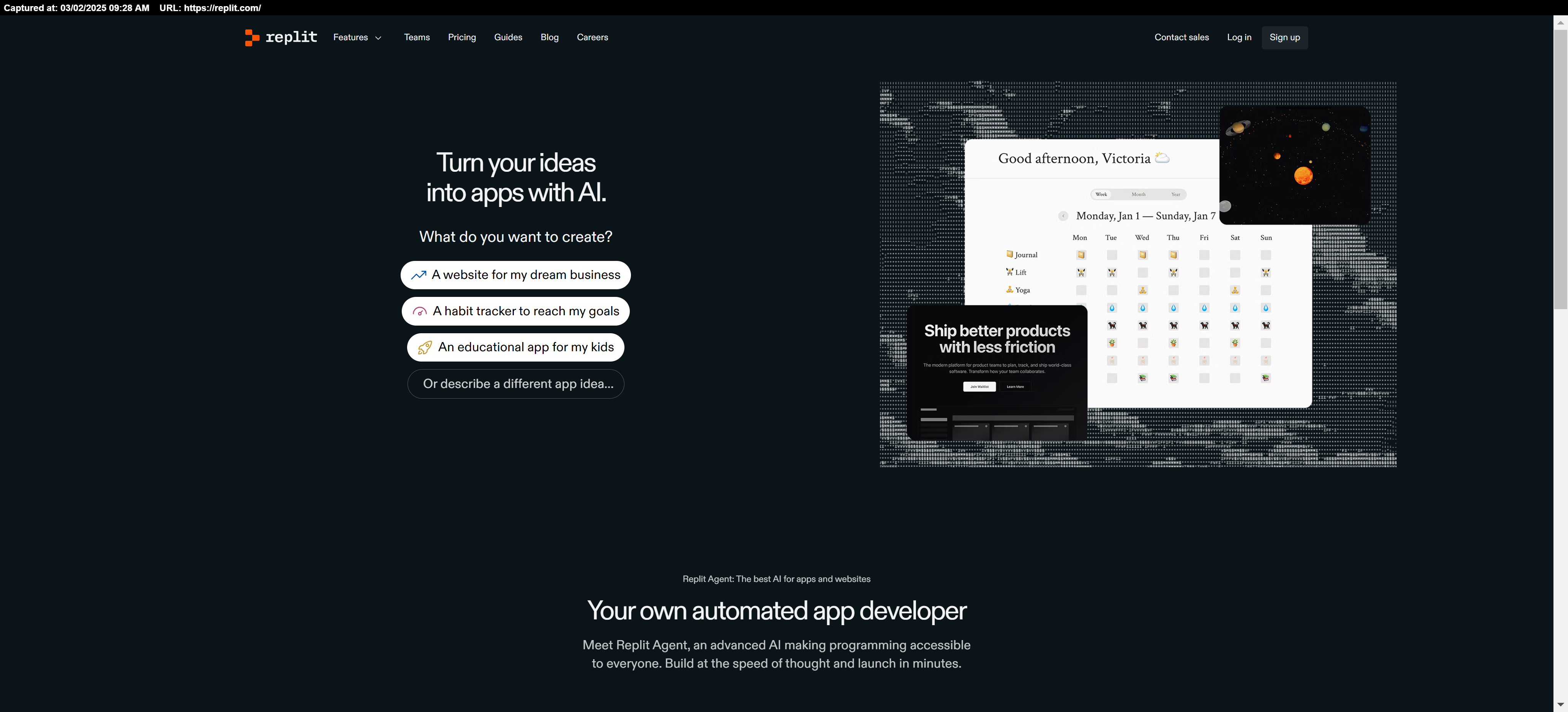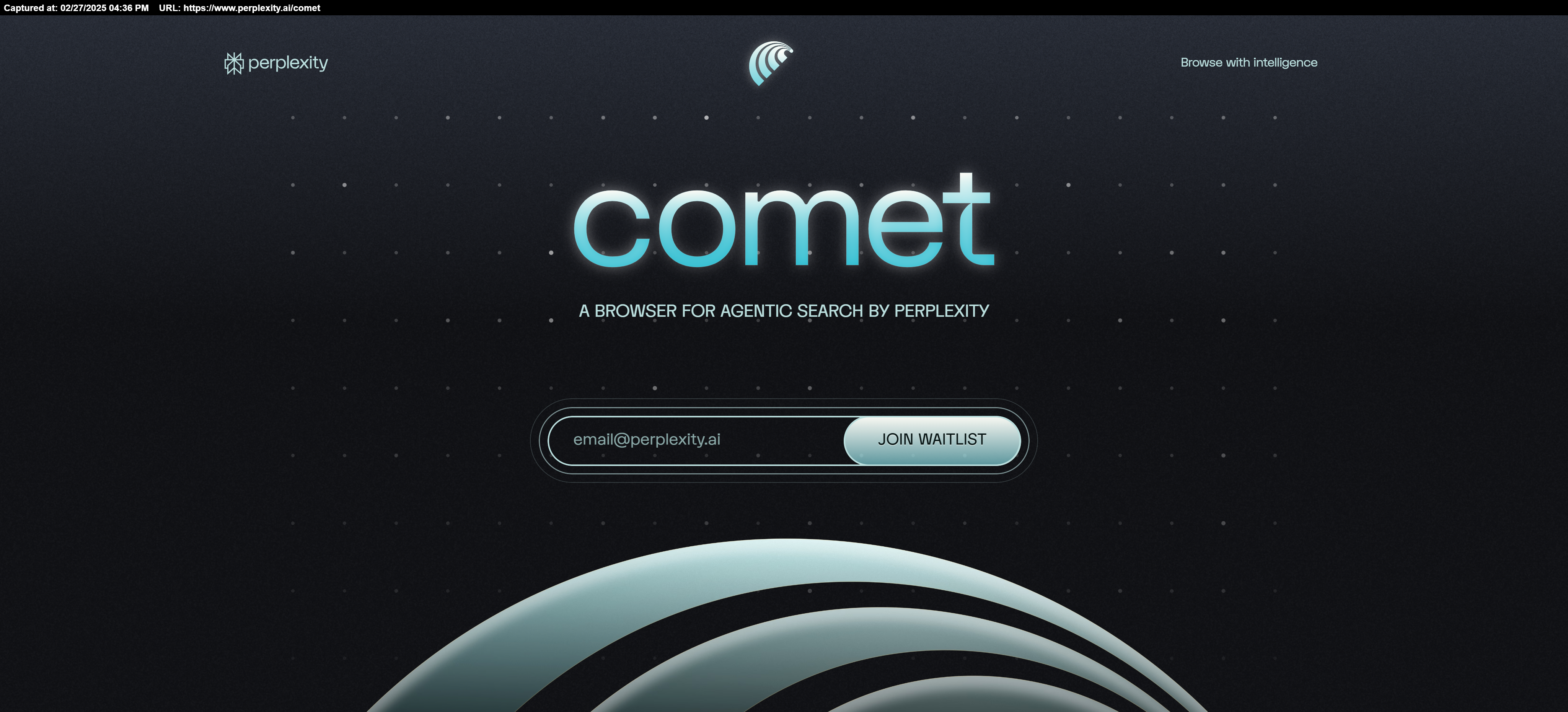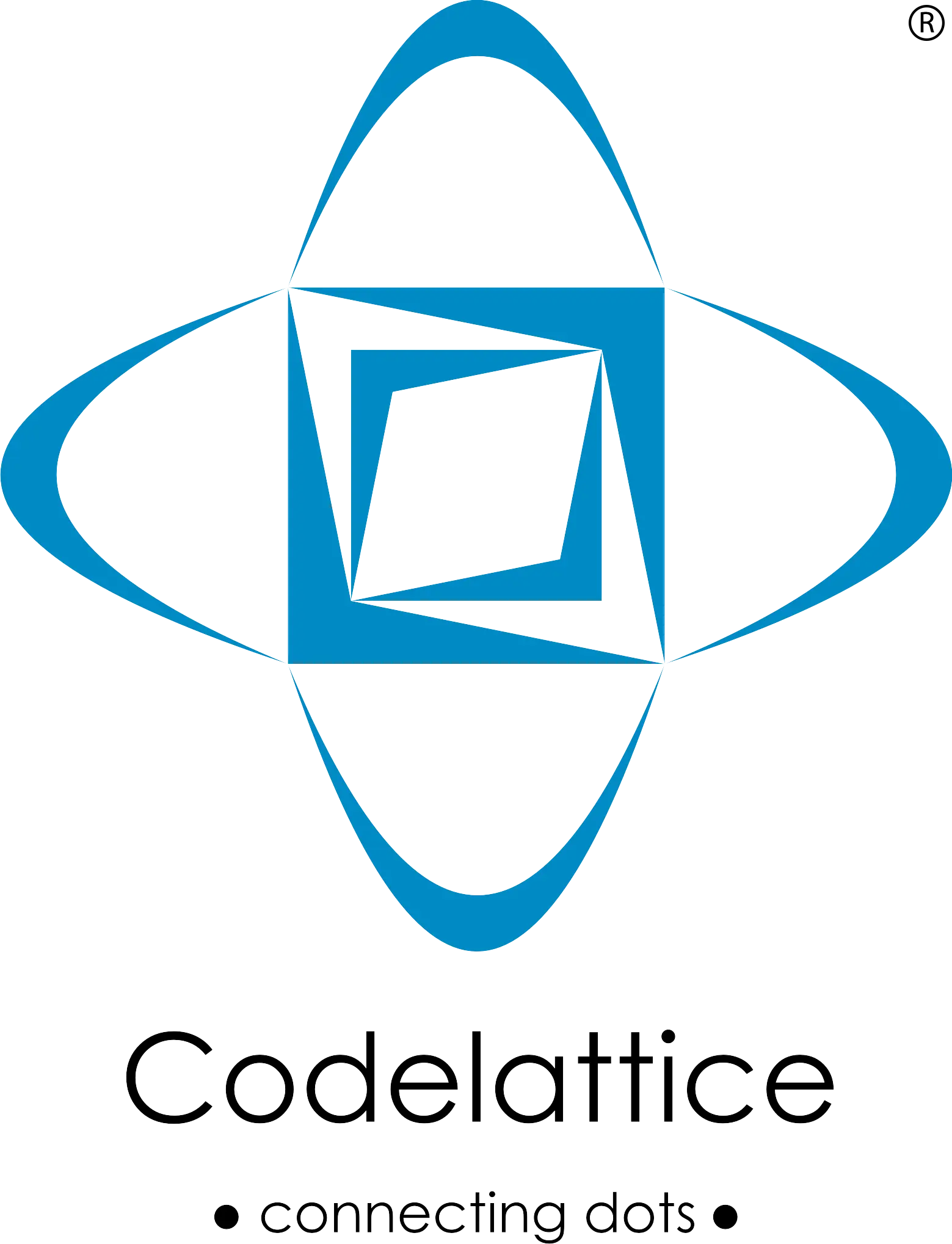Mastering AI Prompts: A Beginner's Guide to Effective Frameworks

Key Points
- Research suggests prompting frameworks help structure AI interactions for better outputs, especially for non-technical users.
- It seems likely that frameworks like RTF, Chain of Thought, RODES, AIDA, and CLEAR enhance tasks like content creation, problem-solving, and research.
- The evidence leans toward these frameworks being versatile, with proponents like Jason Wei et al. for Chain of Thought and Leo S. Lo for CLEAR, though some, like RTF, lack specific creators.
- There’s growing interest in prompt engineering, but debates continue around AI limitations and the need for critical evaluation of outputs.
Introduction to Prompting Frameworks
Prompting is the process of crafting questions or instructions for AI models to generate desired responses. For amateur users of AI tools, mastering prompting can feel daunting, but frameworks provide a structured approach to make it easier. These frameworks guide you in specifying roles, tasks, and formats, ensuring the AI understands your needs and delivers useful results. Whether you're using AI for writing blog posts, solving problems, or researching topics, these frameworks can save time and improve output quality.
How to Use Prompting Frameworks
Here’s a breakdown of five practical frameworks, each with steps to help you get started:
- RTF (Role, Task, Format): Ideal for simple tasks. Specify the role (e.g., "Act as a travel agent"), the task (e.g., "Recommend three destinations"), and the format (e.g., "in a list"). Example: "Act as a travel agent. Recommend three destinations for a family vacation in Europe, in a list." This is great for quick, structured outputs.
- Chain of Thought (CoT): Perfect for reasoning tasks. Add "Let's think step by step" to your prompt to guide the AI through problem-solving. Example: "Solve this equation: 2x + 3 = 7. Let's think step by step." Use this for math problems or complex decisions to improve accuracy.
- RODES (Role, Objective, Details, Examples, Sense Check): Best for detailed projects. Outline the role, objective, provide context and examples, and ask if the AI understands (e.g., "Do you get this?"). Example: "Role: You are a financial advisor. Objective: Provide investment advice for a young professional with moderate risk tolerance. Details: They have $10,000, prefer long-term growth, and like stocks and bonds. Examples: Suggest 60% stocks, 40% bonds. Sense Check: Do you understand?" This ensures clarity for complex tasks.
- AIDA (Attention, Interest, Desire, Action): Tailored for marketing. Structure prompts to grab attention, build interest, create desire, and prompt action. Example: "Write an ad for a new smartphone: start with a catchy headline, highlight features, explain benefits, and end with 'Pre-order now!'" Use this for persuasive content like ads or landing pages.
- CLEAR (Concise, Logical, Explicit, Adaptive, Reflective): Great for research. Be clear and specific, ensure logical flow, give precise instructions, adjust based on responses, and reflect on results. Example: "Find recent studies on social media’s impact on teen mental health. Be concise: last five years. Logical: large sample sizes. Explicit: peer-reviewed journals. Adaptive: expand dates if needed. Reflective: assess relevance." This is ideal for information gathering.
Survey Note: Exploring Prompting Frameworks for AI Interactions and Their Practical Applications
This survey note delves into the concept of prompting frameworks in AI, focusing on their structure, proponents, and practical applications, particularly for non-technical and amateur users of AI tools. It aims to provide a comprehensive overview, ensuring readers are informed, equipped, and motivated to engage with these frameworks to enhance their AI interactions. The content is tailored for accessibility, breaking down complex concepts into actionable steps and offering examples for various use cases.
Understanding Prompting Frameworks in AI
Prompting refers to the process of crafting questions, instructions, or descriptions provided to AI models to elicit specific outputs. As AI tools like ChatGPT, Grok, and others become integral to content creation, problem-solving, and research, the need for effective prompting has grown. Prompting frameworks offer structured methodologies to optimize these interactions, ensuring clarity, relevance, and efficiency in AI-generated content. These frameworks are particularly valuable for non-technical users, providing a roadmap to communicate effectively with AI without deep technical knowledge.
The importance of prompting frameworks lies in their ability to reduce trial and error, enhance output quality, and save time. For instance, a well-crafted prompt using a framework can transform a vague request like "Write something about travel" into a targeted output, such as "Act as a travel agent. Recommend three family-friendly European destinations, in a list with pros and cons." This structured approach aligns with the growing adoption of AI, with a survey by HubSpot noting 64% of marketers already using AI for tasks, highlighting the demand for effective prompting strategies (11 Must-Know ChatGPT Prompt Frameworks for Marketers).
Selected Prompting Frameworks and Their Proponents
To provide practical guidance, this note focuses on five key frameworks, each with distinct applications and proponents:
- RTF (Role, Task, Format):
- Description: A simple framework that specifies the role the AI should assume (e.g., expert, assistant), the task to perform (e.g., summarize, recommend), and the format of the output (e.g., list, table, paragraph). This is ideal for straightforward tasks requiring structured outputs.
- Proponent: Widely used in the AI community; no specific creator identified, reflecting its general adoption.
- How to Use: Structure prompts as "Act as [role]. [Task] in [format]." For example, "Act as a nutritionist. Create a weekly meal plan for a vegetarian athlete, presented in a table format."
- Example: "Act as a travel agent. Recommend three destinations for a family vacation in Europe, in a list."
- Benefits: Easy to use and versatile, suitable for quick tasks like content generation or data organization.
- Chain of Thought (CoT):
- Description: A technique that enhances the AI's reasoning capabilities by encouraging it to break down problems into intermediate steps, mimicking human problem-solving. This is particularly effective for tasks requiring logic, calculation, or decision-making.
- Proponent: Introduced by Jason Wei et al. in their 2022 paper "Chain-of-Thought Prompting Elicits Reasoning in Large Language Models" (Chain-of-Thought Prompting Elicits Reasoning in Large Language Models), demonstrating significant improvements in LLM performance on reasoning tasks.
- How to Use: Include phrases like "Let's think step by step" or provide examples that demonstrate step-by-step reasoning. For instance, "Solve this equation: 2x + 3 = 7. Let's think step by step."
- Example: "I have a riddle: 'I speak without a mouth and hear without ears. I have no body, but I come alive with wind.' What am I? Let's think step by step."
- Benefits: Improves accuracy on complex tasks like math problems or multi-step reasoning, making it ideal for educational or analytical purposes.
- RODES (Role, Objective, Details, Examples, Sense Check):
- Description: A comprehensive framework that includes specifying the role, objective, providing details and examples, and a sense check to ensure the AI understands the task. This is designed for complex, detailed projects requiring precision.
- Proponent: Popularized by Sebo (@sebo_gm on X), as noted in resources like 5 prompt frameworks to level up your prompts.
- How to Use: Structure the prompt with:
- Role: Define the AI's role (e.g., financial advisor).
- Objective: State the goal (e.g., provide investment advice).
- Details: Provide context, constraints, or specific requirements (e.g., $10,000 to invest, long-term growth).
- Examples: Give examples of desired outputs (e.g., 60% stocks, 40% bonds).
- Sense Check: Ask if the AI understands (e.g., "Do you get this?").
- Example: "Role: You are a financial advisor. Objective: Provide investment advice for a young professional with moderate risk tolerance. Details: They have $10,000, prefer long-term growth, and like stocks and bonds. Examples: Suggest 60% stocks, 40% bonds. Sense Check: Do you understand?"
- Benefits: Ensures clarity and high-quality output for detailed tasks, making it suitable for business or project planning.
- AIDA (Attention, Interest, Desire, Action):
- Description: Originally a marketing framework, AIDA can be adapted for AI prompts to create persuasive content by capturing attention, generating interest, creating desire, and prompting action. This is particularly useful for advertising or sales content.
- Proponent: A classic marketing framework, adapted for AI prompting; no specific AI proponent identified, reflecting its widespread use in marketing contexts.
- How to Use: Structure prompts to guide the AI through each stage: start with an attention-grabbing element, build interest with features, create desire with benefits, and end with a call to action.
- Example: "Write an ad for a new smartphone using the AIDA framework: start with a catchy headline, highlight features, explain benefits, and end with 'Pre-order now!'"
- Benefits: Effective for generating structured and persuasive marketing content, ideal for ads, landing pages, or promotional materials.
- CLEAR (Concise, Logical, Explicit, Adaptive, Reflective):
- Description: Developed to enhance information literacy through prompt engineering, CLEAR emphasizes creating prompts that are concise, logical, explicit, adaptive, and reflective. This is tailored for research and information-gathering tasks.
- Proponent: Leo S. Lo, a librarian and professor at the University of New Mexico, introduced in his 2023 article "The CLEAR path: A framework for enhancing information literacy through prompt engineering" (The CLEAR path: A framework for enhancing information literacy through prompt engineering).
- How to Use: Ensure prompts are:
- Concise: Clear and to the point.
- Logical: Structured with a clear flow.
- Explicit: Specific about what is needed.
- Adaptive: Willing to adjust based on AI responses.
- Reflective: Evaluate and improve prompts based on outcomes.
- Example: "Find scholarly articles on the effects of social media on mental health among teenagers. Be concise: limit to articles from the last five years. Logical: prefer studies with large sample sizes. Explicit: include only peer-reviewed journals. Adaptive: if results are scarce, expand the date range. Reflective: assess the relevance of the articles found."
- Benefits: Enhances the quality of AI-generated content for research, ensuring precision and relevance, particularly useful for academic or professional inquiries.
Practical Steps for Implementation
To help readers benefit from these frameworks, here are step-by-step guidelines for each, tailored for the item they seek, whether it's content creation, problem-solving, or research:
- Start with RTF for Quick Tasks: If you need a fast, structured output, begin with RTF. For example, if you're planning a trip, prompt: "Act as a travel agent. Suggest three budget-friendly destinations for a weekend getaway, in a list with costs." Practice on free AI tools like ChatGPT to see the results.
- Use Chain of Thought for Reasoning: For problems requiring step-by-step logic, add "Let's think step by step" to your prompt. Try it with a math problem: "If I have 10 apples, give 2 away, and buy 5 more, how many do I have? Let's think step by step." This helps the AI break down complex tasks, improving accuracy.
- Leverage RODES for Detailed Projects: For business plans or detailed content, use RODES. For instance, if you're creating a marketing strategy, prompt: "Role: You are a marketing expert. Objective: Develop a social media campaign for a new coffee shop. Details: Target young professionals, budget $1,000, focus on Instagram. Examples: Post daily updates, run a contest. Sense Check: Do you understand?" This ensures the AI has all necessary details.
- Apply AIDA for Marketing Content: For ads or persuasive writing, use AIDA. Imagine launching a product: "Write an email for a new fitness app: start with 'Transform your workouts today!', highlight features like tracking, explain benefits like better health, and end with 'Sign up now!'" This structure captures attention and drives action.
- Use CLEAR for Research: For information gathering, follow CLEAR. If researching AI trends, prompt: "Find recent articles on AI in education. Be concise: last three years. Logical: focus on impact studies. Explicit: peer-reviewed only. Adaptive: include books if articles are scarce. Reflective: evaluate relevance." This ensures precise, relevant results.
Choosing the Right Framework
Selecting the appropriate framework depends on your task:
- Quick, Structured Output: Use RTF for tasks like generating lists or tables.
- Complex Reasoning: Opt for Chain of Thought for math, logic, or decision-making.
- Detailed, Precision-Based Tasks: Choose RODES for projects needing examples and clarity.
- Marketing or Persuasive Content: Go with AIDA for ads, emails, or landing pages.
- Research or Information Gathering: Select CLEAR for academic or professional inquiries.
Readers can experiment with combining elements from different frameworks to create hybrid prompts, tailoring them to their unique needs. For instance, you might use RTF for the format and Chain of Thought for reasoning in a single prompt.
General Tips for Effective Prompt Engineering
To maximize the benefits of prompting frameworks, consider these tips:
- Be Specific: Avoid vague prompts like "Write about travel." Instead, say, "Act as a travel blogger. Write a 200-word post on budget travel tips for Europe, in a list format."
- Provide Context: Give the AI background information to understand the task. For example, "I'm a small business owner launching a product" helps the AI tailor responses.
- Use Examples: Include examples to illustrate desired outputs, especially in RODES or AIDA prompts, to guide the AI.
- Iterate and Refine: Prompting is iterative. If the output isn't right, adjust the prompt. For instance, if a summary is too long, add "Keep it under 100 words" next time.
- Evaluate Outputs: Critically assess AI responses for accuracy and relevance, especially for important decisions. AI can sometimes produce incorrect or biased outputs, so reflection (as in CLEAR) is key.
Detailed Analysis and Future Outlook
To provide a structured overview, here’s a table summarizing key aspects of the selected prompting frameworks:
| Framework | Components | Best Use Case | Proponent |
|---|---|---|---|
| RTF | Role, Task, Format | Quick, structured outputs | Widely used, no specific creator |
| Chain of Thought | Step-by-step reasoning | Complex reasoning tasks | Jason Wei et al. (2022) |
| RODES | Role, Objective, Details, Examples, Sense Check | Detailed, precision-based projects | Popularized by Sebo (@sebo_gm on X) |
| AIDA | Attention, Interest, Desire, Action | Marketing, persuasive content | Classic marketing, adapted for AI |
| CLEAR | Concise, Logical, Explicit, Adaptive, Reflective | Research, information gathering | Leo S. Lo (2023) |
This table highlights the versatility of these frameworks, catering to different user needs. The future outlook is promising, with AI models becoming more sophisticated, potentially integrating prompting frameworks directly. However, ongoing discussions around AI limitations, such as hallucinations and bias, underscore the importance of critical evaluation, aligning with the reflective aspect of CLEAR.
Call to Action and Engagement
Prompting frameworks are not just for experts; they’re for anyone looking to enhance their AI interactions. By starting with one framework that resonates with your needs—whether RTF for quick tasks, Chain of Thought for reasoning, or CLEAR for research—you can unlock AI’s potential to boost productivity and creativity. Experiment on platforms like ChatGPT or Grok, and stay informed through resources like Chain-of-Thought Prompting Elicits Reasoning in Large Language Models or The CLEAR path: A framework for enhancing information literacy through prompt engineering. As AI evolves, mastering prompt engineering will be a valuable skill, empowering you to navigate this exciting landscape. Start today, and see how these frameworks transform your AI experience!
Key Citations
- Chain-of-Thought Prompting Elicits Reasoning in Large Language Models
- The CLEAR path: A framework for enhancing information literacy through prompt engineering
- PromptHub Blog: Chain of Thought Prompting Guide
- 11 Must-Know ChatGPT Prompt Frameworks for Marketers
- 5 prompt frameworks to level up your prompts
- Ultimate guide to 57 different AI prompt engineering strategies




